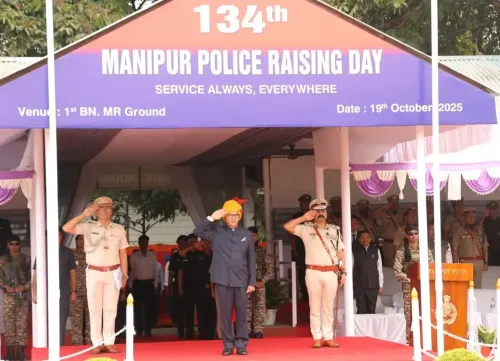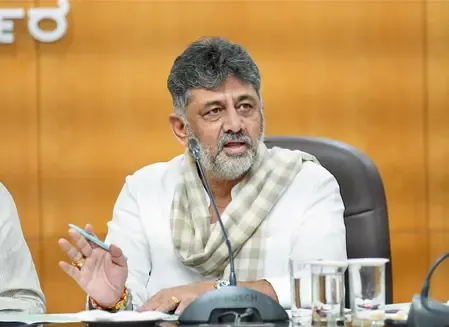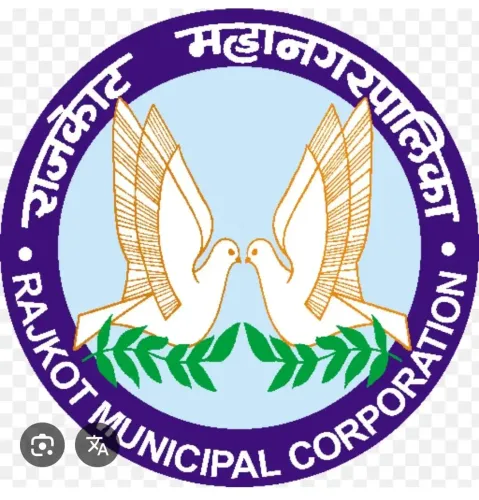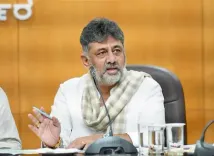What Measures are Being Taken as Delhi's Air Quality Reaches 'Very Poor' Levels?
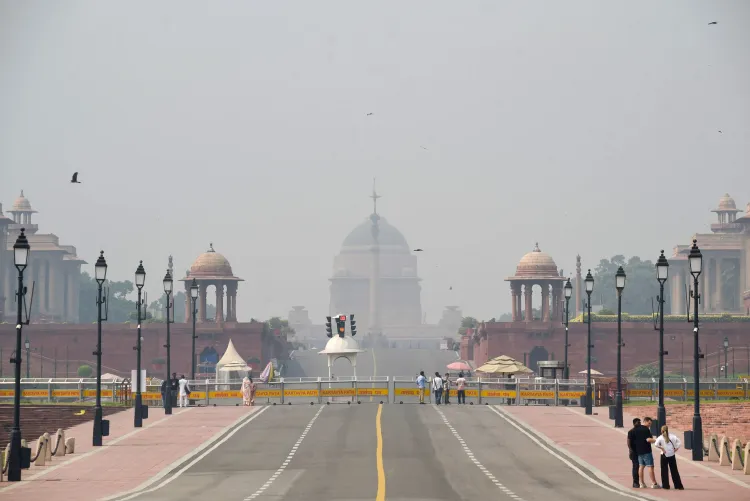
Synopsis
Key Takeaways
- Delhi's AQI has reached alarming levels, necessitating immediate action.
- CAQM has launched a comprehensive 12-point action plan.
- Public transport services are being enhanced to discourage private vehicle use.
- Residents are urged to participate in measures to improve air quality.
- Continuous monitoring and adjustments will be made to the action plan.
New Delhi, Oct 19 (NationPress) The air quality emergency in Delhi has intensified, leading the Commission for Air Quality Management (CAQM) in the National Capital Region (NCR) and surrounding areas to promptly implement Stage-II of the Graded Response Action Plan (GRAP).
The city’s daily average Air Quality Index (AQI) rose to 296 ('Poor') according to the Central Pollution Control Board (CPCB), escalating to 300 by 6 p.m. and reaching 302 by 7 p.m., officially categorizing it as 'Very Poor'.
This concerning situation necessitated an immediate gathering of the CAQM’s GRAP Sub-Committee, which assessed forecasts from the India Meteorological Department (IMD) and Indian Institute of Tropical Meteorology (IITM). These forecasts indicate persistent 'Very Poor' conditions (301-400) ahead due to localized emissions, stagnant winds, and temperature inversions.
In a proactive measure to address the escalating pollution, the Sub-Committee unanimously introduced a comprehensive 12-point action plan under Stage-II, enhancing existing Stage-I efforts. Agencies such as the Pollution Control Boards of NCR states and the Delhi Pollution Control Committee (DPCC) will enforce these measures stringently. The initiative begins with daily mechanical road sweeping and water sprinkling on crucial thoroughfares, increasing machinery shifts, and applying dust suppressants to hotspots and traffic corridors before peak hours, while ensuring proper waste management.
Enhanced inspections at construction sites, targeted interventions at pollution hotspots, and a reliable power supply to minimize diesel generator (DG) usage are also part of the strategy. DG operations are restricted to emergency services—such as hospitals, railways, Metros, airports, sewage plants, water pumps, national security projects, and telecom—as per the directive issued on September 29, 2023. Traffic management will be improved with personnel stationed at congestion points, while media channels will disseminate pollution alerts and guidelines.
Increased parking fees aim to discourage private vehicle use, with public transport—augmented by more CNG/electric buses and Metro services offering off-peak incentives—set to enhance mobility. Resident Welfare Associations are encouraged to supply electric heaters to staff to prevent biomass burning, and only electric, CNG, or BS-VI diesel inter-state buses will be permitted to enter Delhi.
The CAQM calls on residents to utilize public transport, avoid dusty construction sites, and refrain from waste burning, in line with the Citizen Charter for Stages I and II.
With the situation under close observation and regular evaluations planned, full GRAP details can be found on the CAQM’s website. This escalation, fueled by stubble burning and vehicular emissions, highlights the urgent need for regional collaboration to combat the winter smog.

